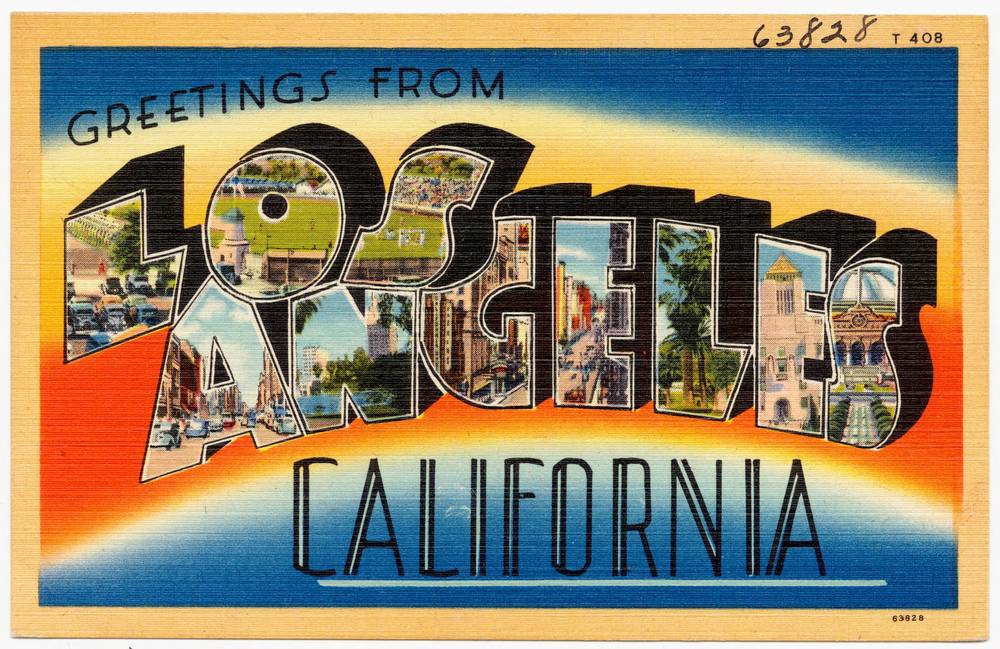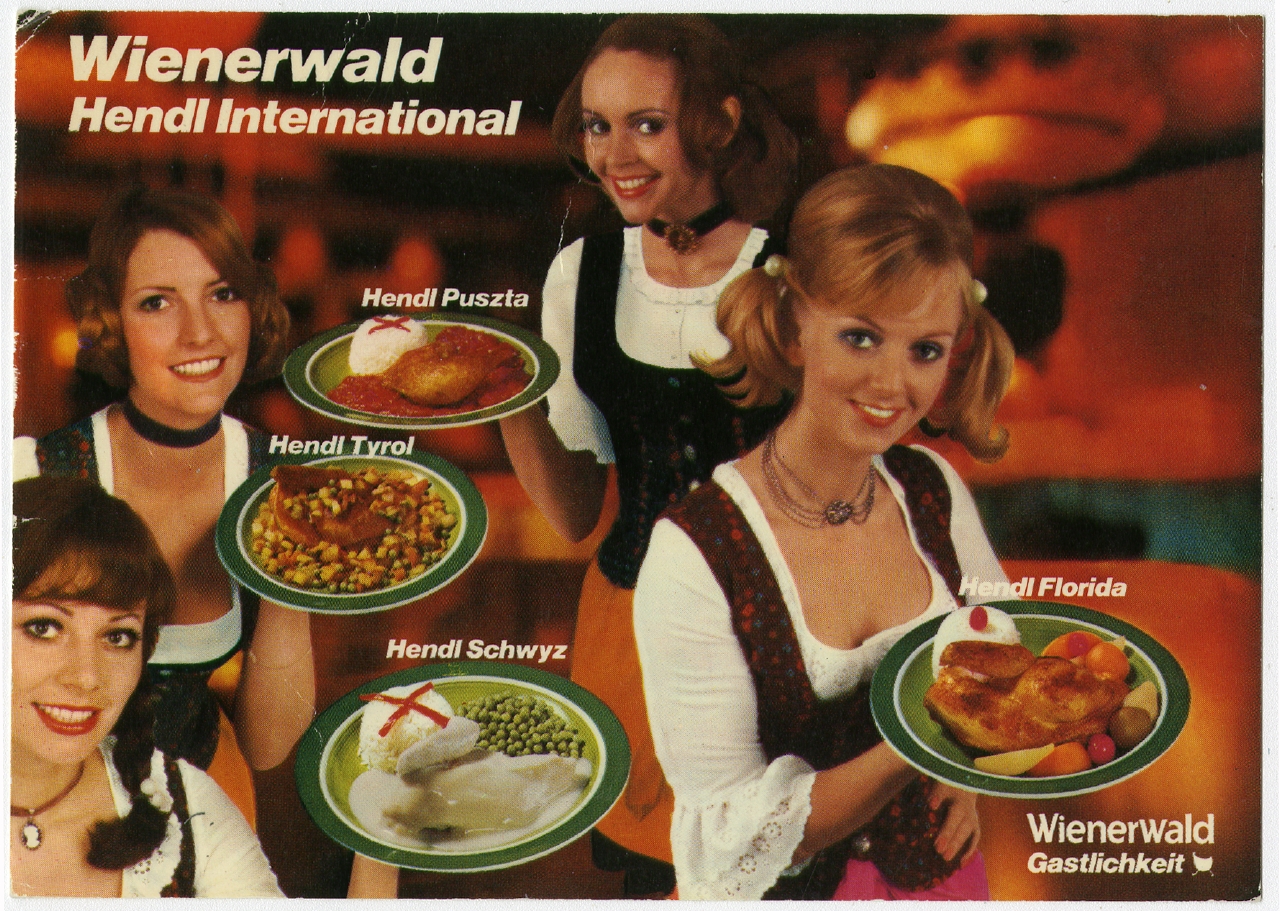The golden age of the postcard has passed, but then it will remain forever: it is used for one-way correspondence, it is a greeting from afar. Or even a work of art.
Since the 19th century, people all over the world have sent postcards as we know them today. With images of a more or a less poor taste on the front, and typically with incredibly innocuous texts on the rear given that they can be read by the general public, yet the content of such a printed product can truly delight its recipient. It can be anything and nothing. Greetings, descriptions of feelings, observations, analyses, secret language, code, bland phrases, and dates.
The postcard provides one-sided correspondence. It is a greeting from afar. Or a mean instrument to produce envy. Depending on how you are yourself and how the writer is. (It is a: “Hello, I’m on holiday and the weather is good, the food is delicious and you have none of this because you are at home which is where the card arrives, hahahaha!” Or a: “Hello, I’m here, you are there, am thinking about you.”) Given the time it is en route the content of the card is already outdated by the time it arrives. The news is obsolete, the feelings and states of being over, the observations history. Perhaps this is also why a certain banality creeps into it.
More than an unexpected surprise in the mailbox
Unlike contemporary communication which has long made it possible to speak with or write to each other despite being far part geographically, a postcard takes on a certain retro-romantic charm. And today it is after all more of an unexpected surprise in the letter box rather than an obligatory part of a holiday. Picture searches, Instagram tags, and satellite images of the world deprive the front of the postcard of its function of providing information and a unique depic-tion of local attractions and events. Everything is available, can be looked at; even the most remote places are always close to hand thanks to the World Wide Web. Nonetheless, postcards belong to the repertoire of souvenirs like fish in the sea, ice cream in your mouth, or suncream on your skin.

Bathing in Lake Michigan, 1900-1910, Image via WikiCommons

POSTKARTE BERLIN IST EINE REISE WERT!, ca. 1970 © MSPT, Image via www.ausstellung-postkarte.de
A postcard is also an investment. Cards, stamps, the time that elapses between the purchase and the writing, the (frantic) search for a post office, the worry over whether it will arrive at all, and so on. A conscious decision needs to be taken before you buy a stack of cards, hunt out the addresses, and then at some point write something or other in the small allotted space. How often have you been annoyed by a pen that’s too thick, too little time, too little motivation or too little wit in the short text? And then, once they have arrived, they are often not a long-lasting gift.
Who is really happy about an e-card?
Fair enough, sometimes they are kept, end up on fridges or similar items of furniture or are used as bookmarks, but sometime or other they end up being thrown away together with the sign of life, words and conveyed emotions. What a great object, such a postcard! Really almost too nice and too special to end up with the waste paper. Evidence for the qualities of such a card could be the failure to transfer it to the digital realm: who enjoys sending MMS-postcards, or Internet greeting cards (not the ones that are printed later and then send by post, the other kind!). Or to be more explicit: who is happy to receive a digital message that is not tangible and yet tries to be more than the usual chat?


POSTKARTE WIENERWALD HENDL INTERNATIONAL, ca. 1975 © MSPT, Image via www.ausstellung-postkarte.de
So naturally it should not come as any surprise at this point that the postcard not only passes through the hands and equipment of the postal service day in day out but has long since found its way into the museums (museum shop!), exhibitions, into art. To cite two examples.
The postcard has long since found its way into art
Gilbert and George have created several works using postcards. The first ones were produced back in the 1970s. One such postcard sculpture (dated summer 1974) shows a rectangular arrangement of 55 cards. The black-and-white prints of landscapes, architecture or portraits are often upside down or on one side. Most of them are picture postcards manufactured before 1914 and collected by Gilbert and George. The two artists say that they looked more for topics than specific motifs. The illustrations are topics that interest them or that they admire, topics that they “dream of, love and respect.”

Gilbert & George, Postcard Sculpture 1974, 1974 © Gilbert and George, Image via www.tate.org.uk
Just over ten years ago Gilbert and George showed their new postcard works “THE URETHRA POSTCARD PIC-TURES”. (Urethra is the duct from which urine leaves the body.) The postcards (more on them later) are also arranged in a particular way: a frame consisting of 12 cards and one in the middle. All 13 cards boast one and the same motif (we’ll get to them immediately!). The focus is on London, on England.
Tourist motifs (“My friend went to London and all I got was this lousy postcard”, classic picture postcards mixed with photos of the sights, and successful marketing symbols like the red telephone booth, etc.) but also what lies beneath the easy-to-consume, attractive (from a tourist perspective) surface – (so, now we have it:) symbolized by leaflets, handouts and telephone cards. Leaflets that advertise sex workers’ services (“TIE AND TEASE, BOUND TO PLEASE”, “FLOG ME FLOG YOU”, “LUKE (…) GREAT ARSE”, and so on.). A strict, harmonious arrangement of products that combines well-photographed, well-printed, clean city / world popular with visitors that are usually overlooked and ignored by travelers or simply remain hidden from them. After all, to get back to trips per se with every holiday, every stay in unfamiliar places the question arises: how long do I have to stay here, to experience everyday life here in order to really understand what it’s like living here? In order to see everything that is so well hidden?
My Friend went to London and all I got was this lousy Postcard.

Gilbert & George: The Urethra Postcard Pictures, 2009, Image via www.dazeddigital.com
While we are on the topic of conceptual postcards, On Kawara created a series entitled “I Got Up….” It involved him sending two postcards a day to different people. The front side classically showed the current place where the traveling artist happened to be while there was always the same composition on the rear: a stamped date and then also stamped: “I GOT UP AT” and the exact time down to the minute plus the address of hos location. On Kawara sent these infocards (around 8000) between 1968 and 1979. And at this point an excursion into the world of another outdated means of communication is unavoidable, namely in another series On Kawara sent telegrams with a very clear, incredibly hard but likewise poetic sentence: I AM STILL ALIVE. On Kawara, a fan of infotalks – and a very good source of inspiration for holiday greetings of all kinds.
It arrives when it arrives
Personally, I have a preference for really kitschy, ugly postcards, or excellently designed cards, in case anyone was wondering. When I recently sent some cards from abroad to friends and family members almost everyone responded with a text message. I found that irritating. To my mind a postcard does not require an answer or a comment. It arrives when it arrives. By the time my postcards arrived I had long since returned from my holiday and was back in the frenzy of everyday life – what do I care about my beach chat? Well, quite a lot actually! How nice it would be to sit there and stare at the sea and to try to capture all this beauty in four cool sentences. Ah. I wish I could go again.

On Kawara, 10 MAYO, 1968. From I Got Up, 1968-79, Collection of Kasper König © On Kawara, Photo: Courtesy Michèle Didier, Image via www.guggenheim.org









